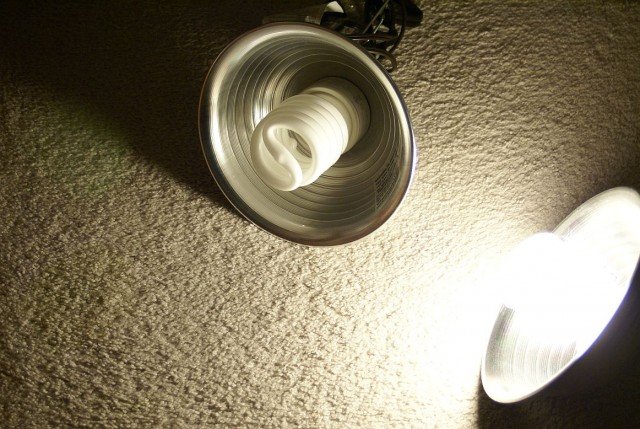 Environmental Protection Agency
Environmental Protection Agency
Compact fluorescent light bulbs contain a small amount of mercury sealed within the glass tubing. When a bulb breaks, some of the mercury is released as mercury vapor. The broken bulb can continue to release mercury vapor until it is cleaned up and removed. To minimize exposure to mercury vapor, follow these cleanup and disposal steps.
Before cleanup
• Have people and pets leave the room.
• Air out the room for five to 10 minutes by opening a window or door to the outdoor environment.
• Shut off the central forced air heating/air‐conditioning system, if you have one.
Collect materials needed to clean up broken bulb: stiff paper or cardboard, sticky tape, damp paper towels or disposable wet wipes (for hard surfaces) and glass jar with a metal lid or a sealable plastic bag.
During cleanup
• Do not vacuum. Vacuuming is not recommended unless broken glass remains after all other cleanup steps have been taken. Vacuuming could spread mercury‐containing powder or mercury vapor.
• Be thorough in collecting broken glass and visible powder.
• Place cleanup materials in a sealable container, such as a jar.
After cleanup
• Promptly place all bulb debris and cleanup materials outdoors in a trash container or protected area until materials can be disposed of. Avoid leaving any bulb fragments or cleanup materials indoors.
• You can dispose of the jar containing the fragments in your household trash.
• If practical, continue to air out the room where the bulb was broken and leave the heating/air conditioning system shut off for several hours.
For more Information, visit www2.epa.gov/cfl.
